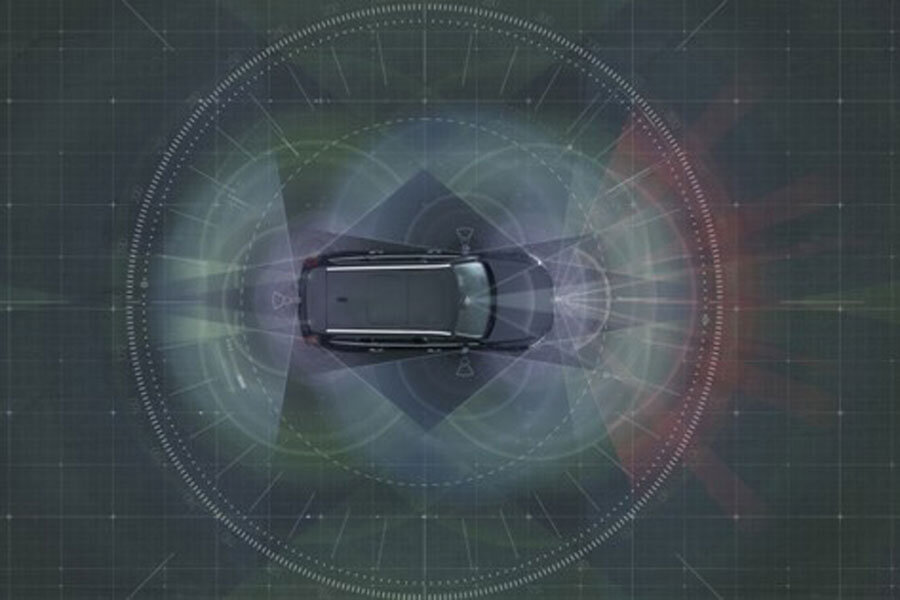Volvo announces its self-driving cars will hit the road by 2017
Loading...
Volvo just pulled ahead in the race for the first autonomous vehicle. The Swedish automaker announced Thursday that it has completed designs for a self-driving car, which it plans to have hit the road by 2017.
“We are entering uncharted territory in the field of autonomous driving,” Dr. Peter Mertens, Senior Vice President Research and Development of Volvo Car Group, said in a statement. “Taking the exciting step to a public pilot, with the ambition to enable ordinary people to sit behind the wheel in normal traffic on public roads, has never been done before.”
The two-year-old pilot program called Drive Me will be distributing 100 vehicles to consumers in Gothenburg, where the company’s headquarters is located.
The car will get a 360-degree view of its surroundings by utilizing multiple cameras, sensors, and lasers that are fed back to a “complex network of sensors, cloud-based positioning systems and intelligent braking and steering technologies” to take over almost every aspect of driving. The vehicle has 12 ultrasonic sensors in the front bumper, and all the technology is permanently linked to a high-definition 3D map, advanced GPS sensors, and the local traffic control office.
“Making this complex system 99 percent reliable is not good enough. You need to get much closer to 100 per cent before you can let self-driving cars mix with other road users in real-life traffic,” Dr. Erik Coelingh, a technical specialist for Volvo, went on to say in the statement. “Here, we have a similar approach to that of the aircraft industry. Our fail-operational architecture includes backup systems that will ensure that Autopilot will continue to function safely also if an element of the system were to become disabled.”
Volvo implemented multiple backup systems to protect individuals, and the car will only operate autonomously in certain situations. For example, drivers will need to take the wheel during scenarios like extreme weather or with on-coming traffic. In cases where the driver does not manually take control of the wheel in time, the car will pull itself over to the side of the road.
“It is relatively easy to build and demonstrate a self-driving concept vehicle, but if you want to create an impact in the real world, you have to design and produce a complete system that will be safe, robust and affordable for ordinary customers,” Dr. Coelingh continued.
The self-driving car industry has been flooded with competition from the likes of Google, Apple, Uber, and numerous car manufactures, but Volvo’s main competitor in the space may be Japanese automaker Nissan, which plans to have its own version of an autonomous automobile on the road by 2020.








